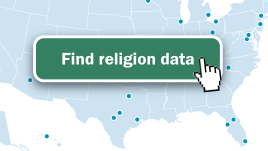
Numbers, Facts and Trends Shaping Your World

Americans on Healthy Food and Eating
An overwhelming majority (90%) of adults say healthy food has gotten more expensive in recent years. And 69% say these price hikes make it more difficult for them to eat healthy.
Latest Publications
Most Popular
Politics & Policy

Trump’s Job Rating Drops, Key Policies Draw Majority Disapproval as He Nears 100 Days
Trump’s approval rating stands at 40%, and Americans mostly disapprove of his tariffs and government cuts.
Features
Economy & Work

Growing share of U.S. adults say their personal finances will be worse a year from now
About half of Americans (48%) say they have emergency or rainy day funds that would cover their expenses for three months.

What we know about veterans who work for the federal government
As of September 2024, more than 700,000 veterans worked in various federal departments and agencies.

How Americans view trade between the U.S. and China, Canada and Mexico
Americans are most skeptical about U.S. trade with China: 10% say it benefits the U.S. more than China, while 46% take the opposite view.

Blue-collar workers are less satisfied at work, less attached to their jobs than other U.S. workers
Among blue-collar workers, 43% say they feel extremely or very satisfied with their jobs; by comparison, 53% of other workers express this level of satisfaction.
Religion

Most U.S. Catholics Say They Want the Church To Be ‘More Inclusive’
Majorities want the church to allow use of birth control and IVF, and to permit priests to bless same-sex couples. But views differ by Mass attendance.

Pope Francis and public opinion: Key findings from our surveys
At least 80% of Catholics have expressed a favorable opinion of Pope Francis in 10 of the 15 U.S. surveys in which we have asked about the pope since 2013.

10 facts about U.S. Catholics
Catholics are one of the largest religious groups in the United States, outnumbering any single Protestant denomination.

Decline of Christianity in the U.S. Has Slowed, May Have Leveled Off
After years of decline, the U.S. Christian share now shows signs of leveling off. The new Religious Landscape Study explores trends in identity, beliefs and practices.
Social Media

Support dips for U.S. government, tech companies restricting false or violent online content
Democrats and Democratic leaners are more likely than Republicans and Republican leaners to support government restrictions on false information online.

Fewer Americans now support TikTok ban, see the platform as a national security threat than in spring 2023
The share of Americans who perceive TikTok as a national security threat has also dipped – from 59% in 2023 to 49% now.

5 facts about Americans and YouTube
Here are five key findings about YouTube from our research to mark its 20th anniversary.

No consensus on who comes to mind when Americans are asked to name a news influencer
In an open-ended question, we asked U.S. adults who say they regularly get news from news influencers to name the first one who comes to mind for them.

What we know about TikTok content creators
On TikTok, Americans often follow people who have a strong social media presence. These creator accounts make up about half of all accounts that U.S. users follow.
Our Methods
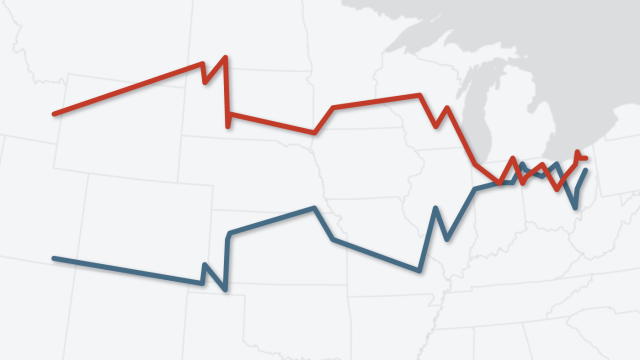
U.S. Surveys
Pew Research Center has deep roots in U.S. public opinion research. Launched as a project focused primarily on U.S. policy and politics in the early 1990s, the Center has grown over time to study a wide range of topics vital to explaining America to itself and to the world.
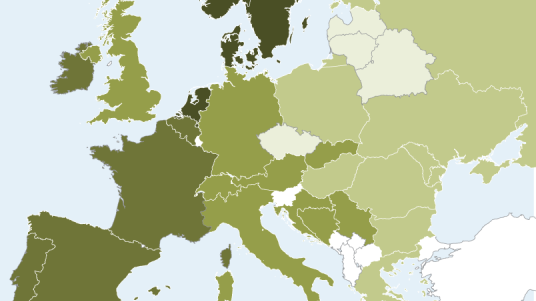
International Surveys
Pew Research Center regularly conducts public opinion surveys in countries outside the United States as part of its ongoing exploration of attitudes, values and behaviors around the globe.
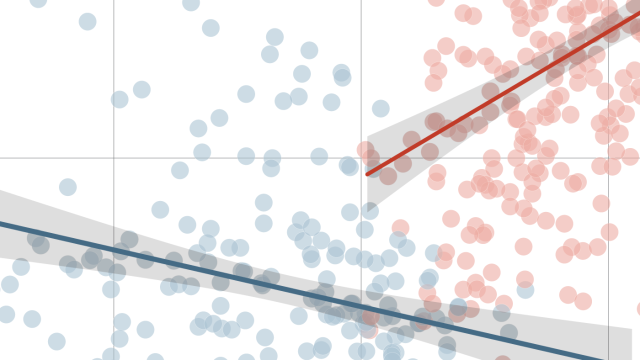
Data Science
Pew Research Center’s Data Labs uses computational methods to complement and expand on the Center’s existing research agenda.
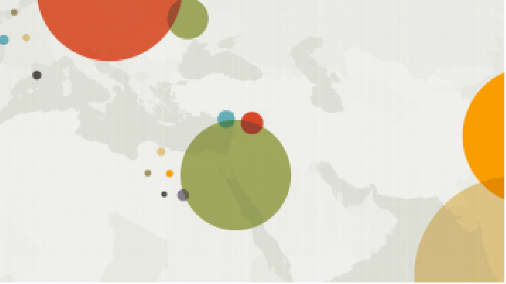
Demographic Research
Pew Research Center tracks social, demographic and economic trends, both domestically and internationally.
Our Experts
“A record 23 million Asian Americans trace their roots to more than 20 countries … and the U.S. Asian population is projected to reach 46 million by 2060.”

Neil G. Ruiz,
Head of New Research Initiatives
Methods 101 Videos

Methods 101: Random Sampling
The first video in Pew Research Center’s Methods 101 series helps explain random sampling – a concept that lies at the heart of all probability-based survey research – and why it’s important.
Signature Reports

Decline of Christianity in the U.S. Has Slowed, May Have Leveled Off
America’s News Influencers
Race and LGBTQ Issues in K-12 Schools
Representative Democracy Remains a Popular Ideal, but People Around the World Are Critical of How It’s Working
Americans’ Dismal Views of the Nation’s Politics
Measuring Religion in China
Editor’s Pick

Are children better off when one parent has a job or when both do? U.S. teens differ in their views
Teens, Social Media and Mental Health
What the data says about crime in the U.S.
How Americans view Israel and the Israel-Hamas war at the start of Trump’s second term
What the data says about gun deaths in the U.S.
How Americans view Elon Musk and Mark Zuckerberg
International Affairs













